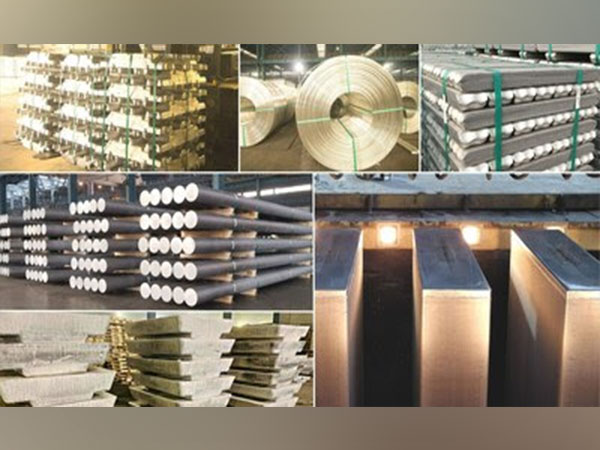
New Delhi: Aluminium production saw a modest increase of 0.9 per cent, rising to 38.36 lakh tonnes (LT) during April-February of Financial Year 2024-25, according to provisional data released by Ministry of Mines.
Aluminium production in the same period last year stayed at 38.00 lakh tonnes, as per the government data.
Meanwhile, refined copper production grew by 7.1 per cent to 4.97 LT in FY 2024-25, the ministry's data revealed.
India ranks in the top 10 producers of refined copper, ranks fourth globally in terms of iron ore production, and is the world's second-largest producer of aluminium.
Advanced economies view aluminium as a strategic resource, adopting measures to shield their industries.
US, for instance, has imposed a 10 per cent tariff on aluminium imports, while China levies 25 per cent duties on aluminium scrap imports from the US, along with added restrictions.
Despite these trends, India has become the world's largest importer of aluminium scrap, a development that hampers the growth of its domestic industry.
With India's aluminium demand projected to reach 10 million tonnes by 2030, the Aluminium Association of India (AAI), an industry association has been asking for robust measures such as higher import duties and anti-dumping protections for the sector's long-term growth.
Going further, as per the government data, Iron ore accounts for 70 per cent of the total MCDR mineral production by value, with production reaching 274 million metric tonnes (MMT) in FY 2023-24.
Iron ore production has continued to rise in FY 2024-25, growing by 4.4 per cent from 252 MMT in FY 2023-24 to 263 MMT.
Other key minerals also showed strong growth, with manganese ore production rising by 12.8 per cent to 3.4 MMT, and bauxite production increasing by 3.6 percent to 22.7 MMT during the same period.
The official data shows tha the lead concentrate production grew by 3.5 per cent, reaching 352 thousand tonnes (THT).
Coupled with growth in aluminium and copper, these growth trends point towards continued strong economic activity in user sectors such as energy, infrastructure, construction, automotive and machinery.